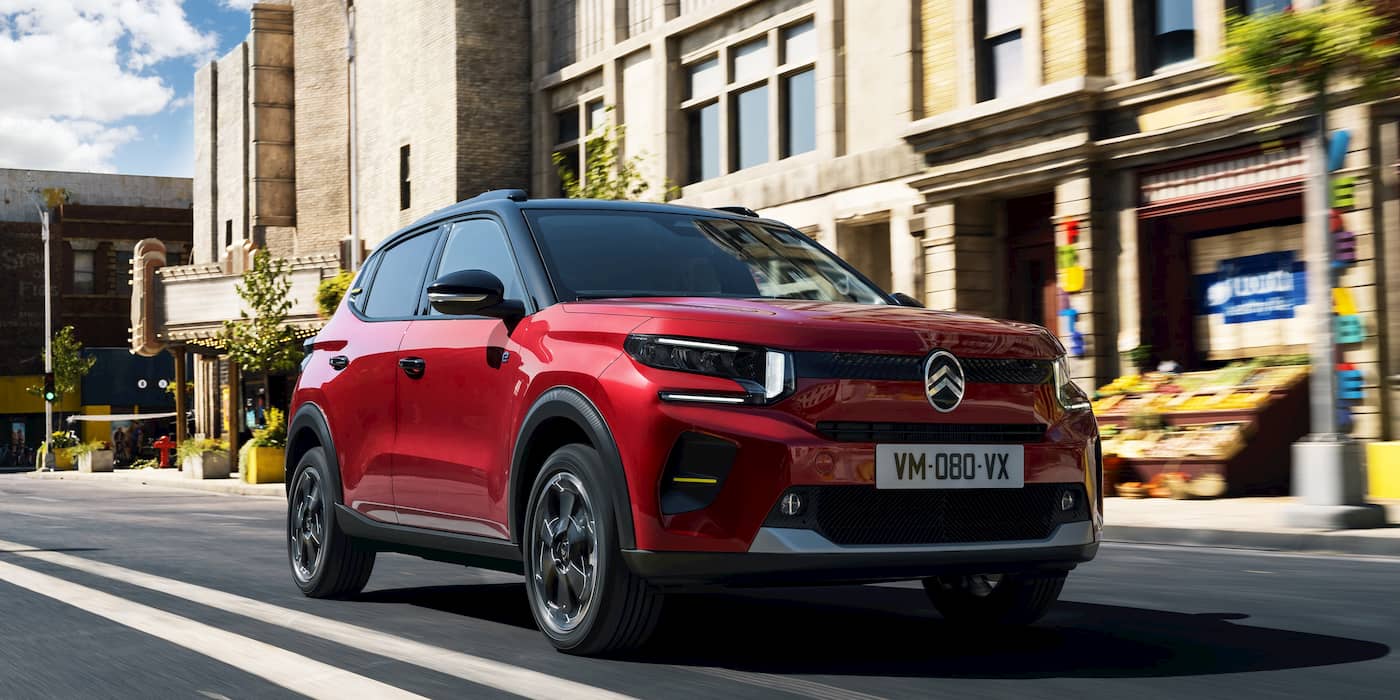
In the race to build small, more affordable electric vehicles to stave off fierce Chinese competition, Stellantis announced this morning that it has signed a broad preliminary joint venture with Chinese EV battery giant CATL. The plan involves buying and developing LFP batteries for the company’s small and mid-sized EVs in Europe. As part of the long-term deal, Stellantis – the parent company of Jeep, Fiat, Citreön, and Peugeot, among many more – is planning to build a new gigafactory in Europe to manufacturer LPF batteries.
According a press release, Stellantis will work CATL to develop lithium-iron-phosphate (LFP) batteries, a more durable but less powerful battery compared to the nickel-cobalt-manganese ones found in most EVs. The goal is to produce high-quality yet affordable EVs made in Europe, and like other brands including Tesla and Rivian, using LFP batteries is a cheaper way to do it. Stellantis plans to use the batteries in its passenger cars, crossovers, and small and mid-sized SUVs in the B and C segments.
Stellantis is also planning to build a new European gigafactory to produce LFP batteries, as part of the possible deal with CATL, reports Reuters. According to the report, Maxime Picat, Stellantis’s global head of purchasing and supply chain, said in a conference call that the companies needed a few more months to finalize the plan, and Stellantis hasn’t offered details as to where the location of the facility might be.
Last month Citroën kicked off the race to produce an entry-level EV for a price range at €23,000 (around $25K) with its C3, with other automakers following suit, including Renault. The shorter-range models, to be priced at under €20,000 ($21.8K), will have a 44 kWH LFP battery that can be connected to a 100kW fast charge. Thanks to its LFP battery, Stellantis said that the C3 can go from 20 to 80% capacity in 26 minutes. Reuters says that Picat added that these are “moderate-cost batteries with decent range,” a “good compromise” that offers 200 to 400 kilometers of range.
Stellantis is also working to build three gigafactories in Europe, based in France, Germany, and Italy, through its joint venture with Mercedes and TotalEnergies.
Last month, Stellantis also announced that it had signed a joint venture and taken a 20% stake in the Chinese electric car manufacturer Leapmotor, an investment of €1.5 billion. Stellantis is among a handful of European brands, including Volkswagen, that are working to cooperate with Chinese manufacturers in order to keep their heads above water as the flood of Chinese EVs hit the continent.
Volkswagen and Renault are also planning to use LFP batteries in their upcoming entry-level EVs. In the US, Ford has partnered with CATL to build an LFP plan in Michigan, although work was suspended in September due to issues about the site’s profitability.
FTC: We use income earning auto affiliate links. More.

Comments